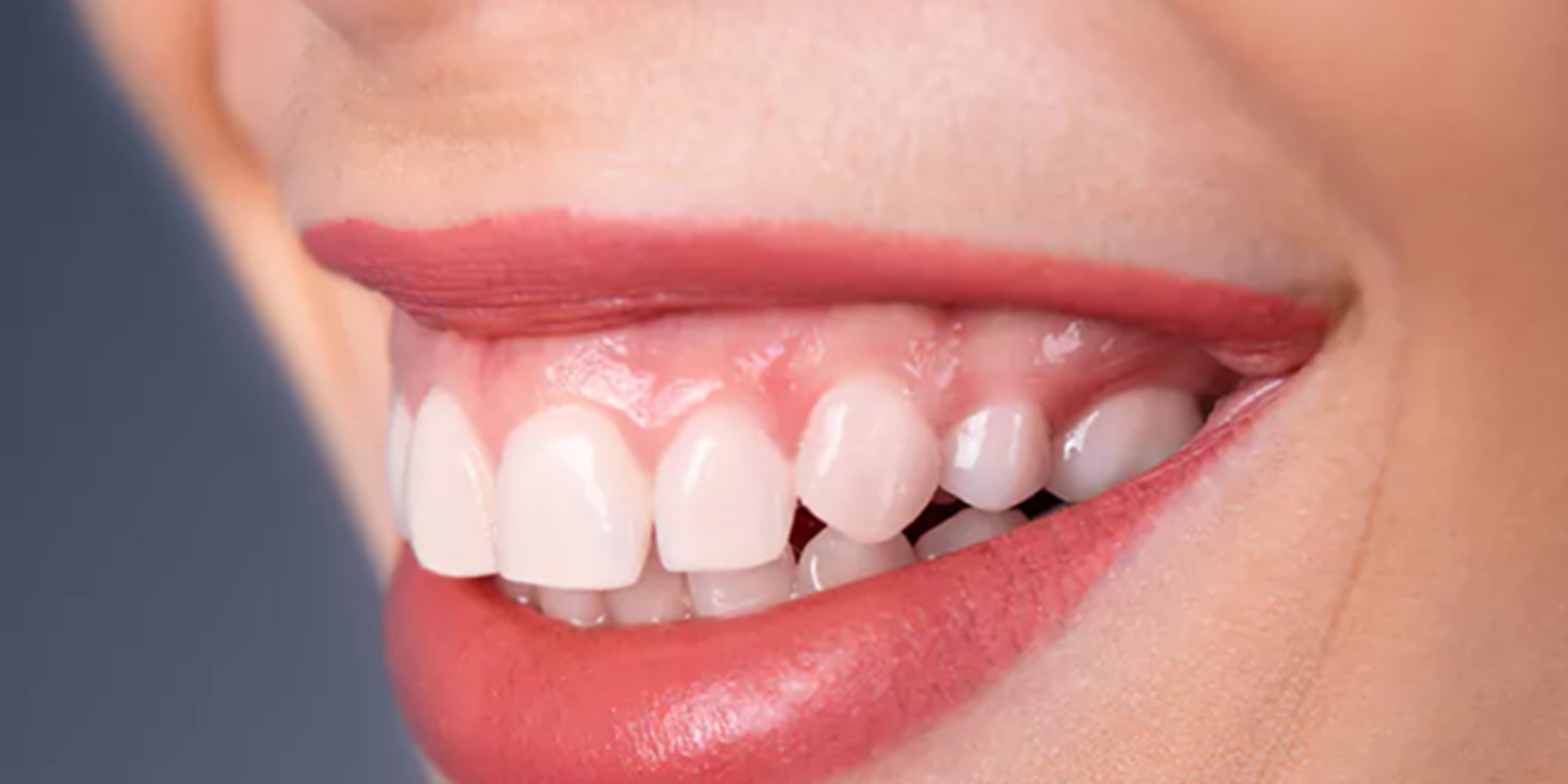Guide to gum recession
Receding gums
Receding gums or gum recession is a condition in which the gum tissue that surrounds the teeth pulls back or wears away from the tooth surface, thus exposing more of the tooth surface. Gum recession occurs when there is a loss of tissue in the gums which creates a gap in between the teeth and gum lining. It is a type of periodontal disease and one of the most common dental issues.
Receding gums usually occur due to persistent poor oral health and hygiene. This makes the tooth surface susceptible to the accumulation of bacteria and plaque leading to tooth decay. There is a wide range of treatments used to cure receding gum line depending on the severity of the condition. However, if the condition is left untreated, it becomes severe and can eventually lead to permanent tooth loss.
What are the causes of receding gums?
There are different factors that can cause gum recession such as-
- Periodontal disease- Periodontal disease is caused by untreated gingivitis. Gingivitis occurs due to the accumulation of bacterial plaque which leads to gum inflammation. This can damage the gum tissues and the bones that anchor the teeth and hold them in place, thus causing gum recession.
- Bad oral health- Improper dental care can lead to bad oral health and hygiene. Being negligent about brushing, flossing, and cleaning the teeth, makes it easier for bacteria and plaque to stick to the tooth surface. This bacterial plaque if left untreated can convert to a hard substance that covers the teeth and gums known as tartar. It makes the gums weak, which leads to gum recession.
- Genetic factors- Genetic factors can also be a major cause of receding gum line. Some people are more vulnerable to gum recession irrespective of how well they take care of their dental health. This is because of the inherited factors that make their gums recede.
- Tobacco consumption and Smoking- Tobacco contains harmful compounds that can directly attack the gums, making them vulnerable to gum problems. People who are active smokers often experience a decrease in their saliva production. Due to depletion in the normal flow of saliva, the gums are not able to flourish well.
- Inadequate brushing habits- It is imperative to follow the right brushing techniques to ensure healthy gums and teeth. One should use soft-bristled teeth and gentle motions to brush their teeth. Hard bristles of the brush and aggressive brushing not only harm the gums but also damage the tooth surface. This often leads to gum inflammation, thus making a way for gum recession as well.
- Improper teeth alignment- Overcrowded or misaligned teeth impact the overall structure of the dental cavity. They put more pressure on the gums and teeth which can result in the shrinking of the gums.
- Hormonal changes in women- Women tend to experience hormonal changes at different stages of their life. Hormone alterations at puberty, menstrual cycle, pregnancy, and menopause can influence gum health as well. This can serve as a contributing factor for gum recession in women.
What are the symptoms of gum recession?
The most visible symptoms of receding gums are swollen gums and receding gum line, including-
- Bleeding while brushing the teeth
- Red gums
- Bad breath
- Pain in the gums
- Change in color/ appearance of the gums
- Exposed tooth roots
- Loose teeth
How can gum recession be treated?
If the condition is not that severe, the dentist can perform deep cleaning for treatment. During a deep cleaning procedure, bacterial plaque, tartar, and exposed tooth roots are removed so that the bacteria doesn’t stick back to the area. Other treatments performed to treat gum recession are surgery, composite restoration, and removable gum veneers.
How can gum recession be prevented?
There are various practices one should follow to prevent gum recession.
- Practice good oral hygiene.
- Brush your teeth twice and floss regularly.
- Use a soft-bristled toothbrush.
- Avoid aggressive brushing habits.
- Refrain from tobacco consumption and smoking.
- Follow a well-balanced diet.
- Visit the dentist at least twice a year for checkups.
It is crucial for an individual to take good care of his/ her gums and teeth to prevent gum recession. However, sometimes people don’t even know that they are experiencing gum recession because it occurs over time. Therefore, it is advisable to visit the dentist for regular checkups so that the dentist can look for potential symptoms and cure the disease on time.




